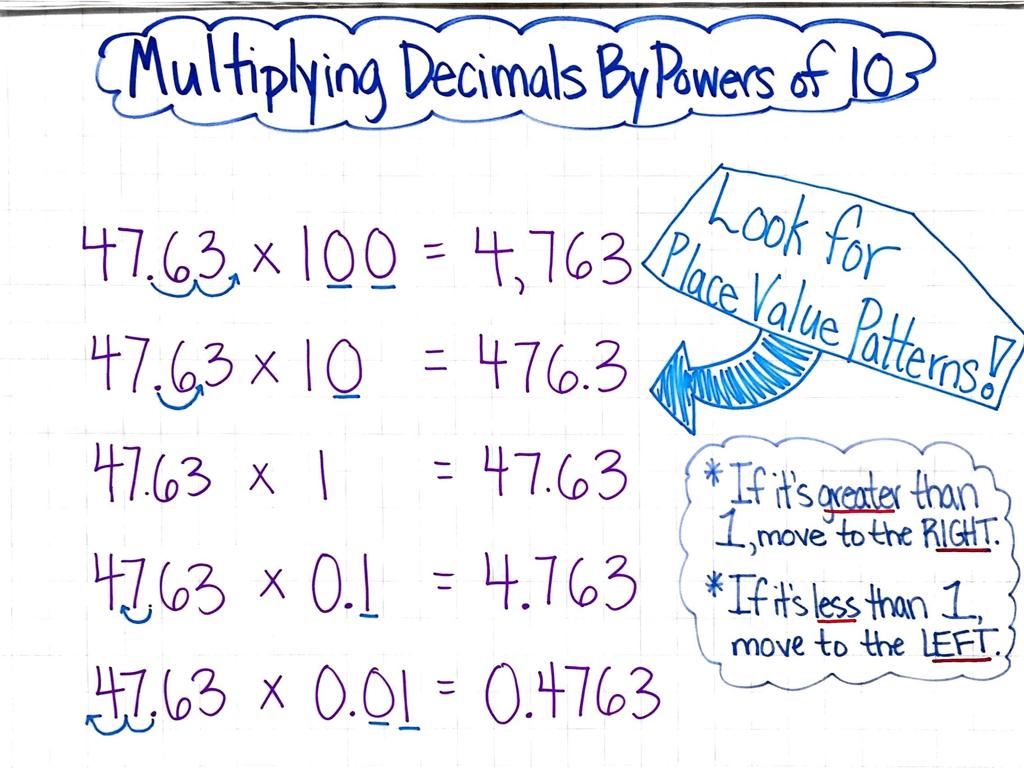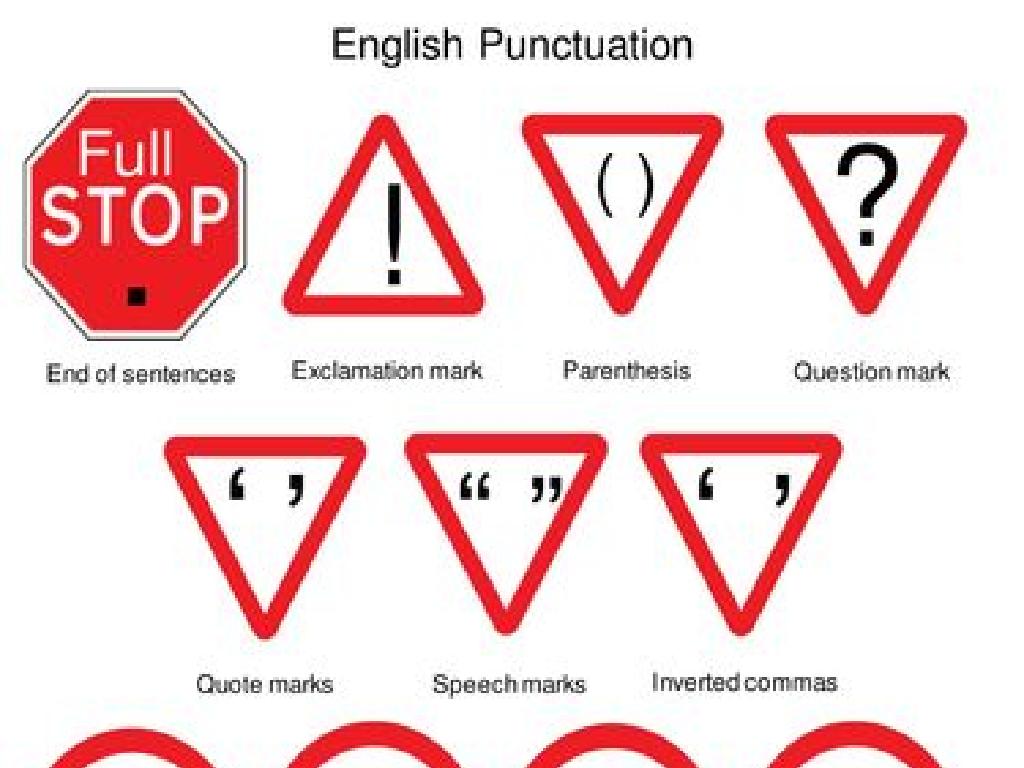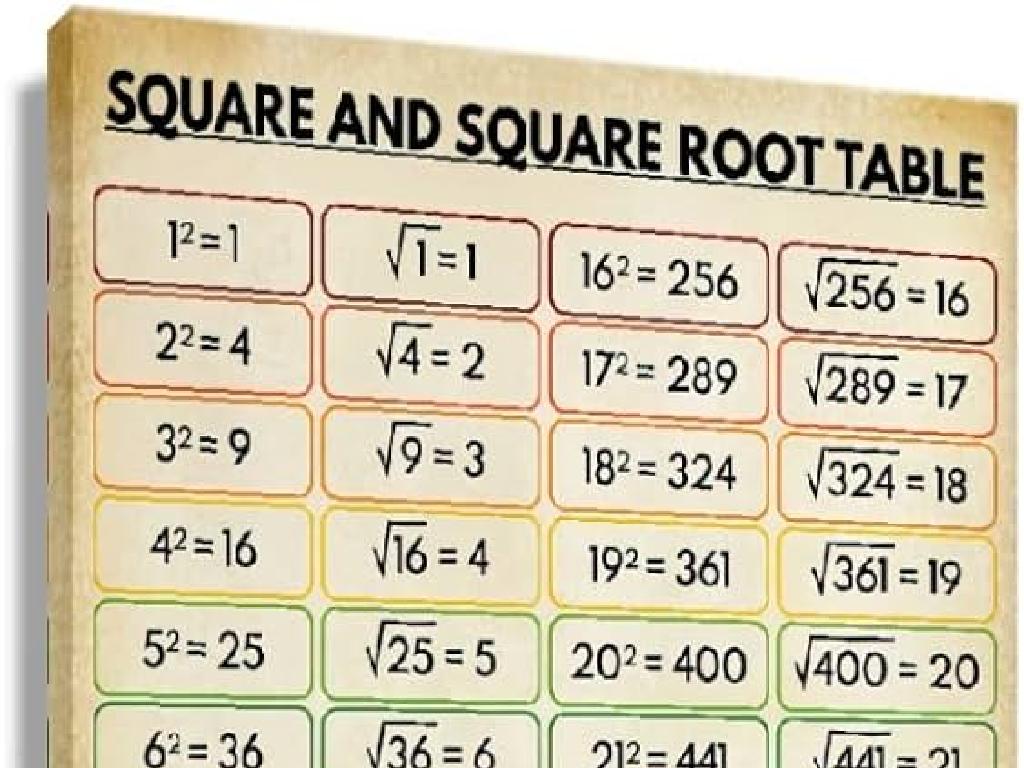The Louisiana Purchase
Subject: Social studies
Grade: Seventh grade
Topic: The Early Republic
Please LOG IN to download the presentation. Access is available to registered users only.
View More Content
Exploring The Louisiana Purchase
– Introduction to The Early Republic
– Overview of The Louisiana Purchase
– Acquired territory from France in 1803
– Significance of the purchase
– Doubled the size of the U.S., opened expansion west
– Impact on the United States
– Boosted economy, influence, and set a precedent for future acquisitions
|
This slide introduces students to The Early Republic, a pivotal era in American history, and sets the stage for a focused discussion on The Louisiana Purchase. Begin by contextualizing The Early Republic within the timeline of U.S. history, following the establishment of the new nation. Then, delve into The Louisiana Purchase, emphasizing its scale and the circumstances under which it occurred. Highlight the importance of this event, noting how it doubled the size of the country and provided new opportunities for exploration and settlement. Discuss the long-term impacts, including economic growth and the concept of Manifest Destiny. Encourage students to consider how this event shaped the nation’s future, both geographically and culturally.
The Louisiana Purchase Explained
– Land deal between the U.S. and France
– Acquisition year: 1803
– Size: ~827,000 square miles
– The area doubled the size of the U.S.
– Scope: Land west of Mississippi
– Included land from 15 present-day states
|
The Louisiana Purchase was a monumental event in American history, marking a significant territorial expansion of the United States. It was a transaction in which the U.S. bought a vast expanse of land from France for $15 million, effectively doubling the size of the young nation. The acquired land stretched from the Mississippi River to the Rocky Mountains and from the Gulf of Mexico to Canada. This slide should emphasize the scale of the purchase and its importance in American history. Students should understand the impact of this acquisition on the growth of the United States, including how it opened up opportunities for westward expansion and exploration.
Key Figures in the Louisiana Purchase
– Thomas Jefferson’s pivotal role
– As President, Jefferson sought to expand U.S. territory.
– Napoleon Bonaparte’s agreement
– Napoleon needed funds for military campaigns in Europe.
– Motivations of Jefferson
– Jefferson aimed for agricultural expansion and trade control.
– Motivations of Napoleon
– To finance war and reduce British influence in America.
|
This slide highlights the central figures of the Louisiana Purchase: President Thomas Jefferson and French leader Napoleon Bonaparte. Jefferson’s leadership was instrumental in negotiating the deal as he saw the vast territory as an opportunity for the agrarian expansion of the United States and securing control over the Mississippi River for trade. On the other hand, Napoleon’s willingness to sell stemmed from his need to finance his military campaigns in Europe and to diminish the potential threat of British presence in the region. Discuss with students how these motivations influenced the course of history and the expansion of the United States. Encourage them to consider the broader implications of the Louisiana Purchase on the growth of the nation.
Impact of the Louisiana Purchase
– Doubled U.S. territory size
– Paved way for westward expansion
– The purchase allowed for the exploration and settlement of new lands.
– Introduced Manifest Destiny
– Belief that U.S. was destined to expand across the continent.
– Transformed U.S. map and future
– New states were formed, and the nation’s landscape was forever altered.
|
The Louisiana Purchase had a monumental impact on the growth and development of the United States. By doubling the size of the nation, it provided a vast amount of land for exploration, settlement, and natural resources. This acquisition was crucial in the concept of Manifest Destiny, the 19th-century doctrine that the expansion of the U.S. throughout the American continents was both justified and inevitable. The purchase changed the map of the country, setting the stage for future states and shaping the nation’s destiny. It’s important to discuss the implications of this expansion, including the displacement of Native American tribes and the setting of a precedent for future land acquisitions.
Challenges of the Louisiana Purchase
– Political opposition to the purchase
– Debate over presidential power
– Did the President have authority to buy land without Congress?
– Impact on Native American tribes
– The purchase led to displacement and loss of native lands.
– Constitutional questions raised
|
This slide addresses the complexities surrounding the Louisiana Purchase. Initially, there was significant political opposition, as some believed the President did not have the constitutional authority to make such a large land acquisition without the approval of Congress. The debate centered on the interpretation of presidential powers and the role of the federal government. Additionally, the purchase had profound consequences for Native American tribes, leading to the loss of their ancestral lands and subsequent displacement. It’s crucial to discuss these impacts to understand the broader implications of the purchase beyond territorial expansion. Encourage students to consider the perspectives of different stakeholders at the time and the lasting effects on American history.
Exploration and Settlement of the Louisiana Purchase
– Lewis and Clark expedition
– Commissioned to map and explore the new land.
– Economic growth from settlement
– Settlements boosted agriculture and trade.
– Challenges of early exploration
– Harsh terrain, unknown lands, and relations with Native Americans.
– Outcomes of the territory expansion
– U.S. gained valuable land, resources, and strengthened its presence.
|
This slide delves into the aftermath of the Louisiana Purchase, focusing on the exploration led by Lewis and Clark. Their expedition was crucial in mapping the vast new territory and establishing American presence. The settlement that followed spurred economic growth, particularly in agriculture and trade, as new lands were cultivated. Students should understand the challenges faced by early explorers, including difficult terrain and the need to navigate political relationships with Native American tribes. The outcomes of this expansion were significant, providing the U.S. with valuable resources and solidifying its stance as an expanding nation. Encourage students to consider how this exploration and settlement might have felt for the people involved and the long-term impacts on American history.
The Louisiana Purchase in U.S. History
– The Purchase’s role in U.S. expansion
– Doubled U.S. size, facilitated westward expansion
– Connection to The Early Republic
– Embodied ideals of growth and exploration in the new nation
– Long-term effects on U.S. development
– Shaped the nation’s economy, culture, and politics for centuries
|
The Louisiana Purchase was a monumental event in the history of the United States, effectively doubling the size of the nation and setting the stage for westward expansion. It reflects the themes of ambition and exploration during The Early Republic, a time when the young nation was defining its identity and place in the world. The acquisition of this vast territory had long-lasting impacts on the economic, cultural, and political development of the United States, paving the way for future growth and conflict. It’s important to discuss how this event set the stage for the exploration of the American West, the displacement of Native American tribes, and the spread of American ideals. Encourage students to think about how the Purchase might have shaped the country’s landscape and their own lives today.
Class Activity: Mapping the Louisiana Purchase
– Label key geographical features
– Identify future states from territory
– Which states were formed from this land?
– Discuss influence on state development
– How did the purchase affect growth and policies?
– Collaborate in groups
|
This activity aims to engage students with the geographical impact of the Louisiana Purchase. Provide each group with a blank map of the United States. Instruct them to label the Mississippi River, Rocky Mountains, and other major landmarks that were part of the purchase. They should then research and mark the boundaries of the territory and identify the states that would emerge. Facilitate a discussion on how the acquisition of this land influenced the economic, cultural, and political development of these states. This will help students understand the significance of the Louisiana Purchase in American history. Possible variations of the activity could include creating a timeline of state formation, comparing maps before and after the purchase, or exploring the effects on indigenous populations.
Reflecting on the Louisiana Purchase
– Summary of the Louisiana Purchase
– Acquired from France in 1803, doubled US size
– Its impact on the nation’s history
– It set the stage for westward expansion and growth
– The Purchase’s influence today
– Consider how the US might look different without it
– Encourage student reflection
|
As we conclude our lesson on the Louisiana Purchase, summarize the key aspects: the acquisition from France in 1803, the doubling of the United States’ size, and the significant role it played in the nation’s westward expansion and growth. Reflect on how this pivotal event shaped the nation’s history, setting the stage for future developments and the Manifest Destiny ideology. Encourage students to consider the long-term impact of the Louisiana Purchase on today’s United States, including how different the country’s geography and political landscape might be if the purchase had not occurred. Ask students to think about the cultural and economic implications of this expansion and to share their thoughts on how this historical event still influences the nation today.
Homework: Perspectives & Quiz Preparation
– Write a one-page essay
– Perspective: Native American or French citizen
– How did they view the land sale?
– Reflect on the Louisiana Purchase
– Consider the impact on land, culture, and relations
– Study for a quiz on key points
|
For the homework assignment, students are to write a one-page essay imagining the Louisiana Purchase from the viewpoint of a Native American or a French citizen. This exercise encourages empathy and understanding of historical perspectives. They should consider how the sale might have affected the lives, land rights, and future of the people at the time. Additionally, students must review today’s lesson and prepare for a quiz on the key points. This will help reinforce their knowledge and ensure they grasp the significance of the Louisiana Purchase in American history. Provide them with study tips, such as creating flashcards or summarizing the lesson’s main ideas.






